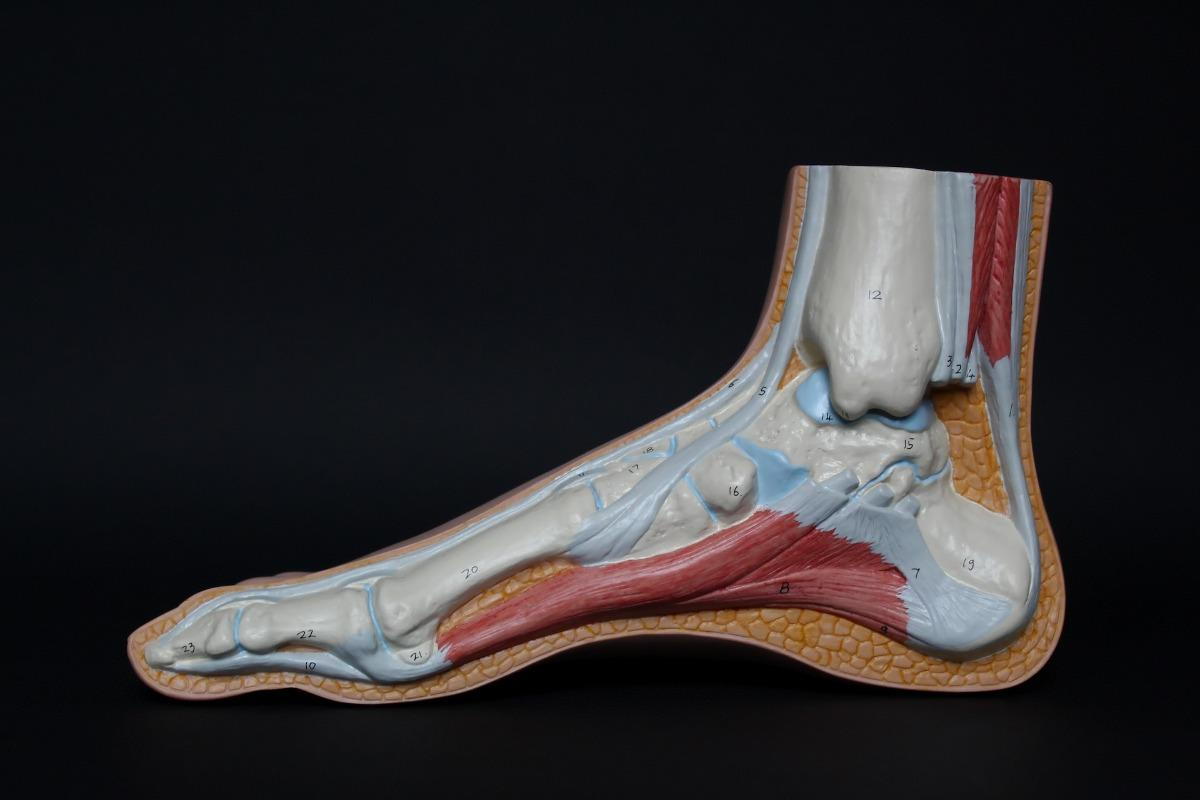Everything You Need to Know about Achilles Tendonitis
posted: Jan. 25, 2023.

The Achilles tendon, or the calcaneal tendon, is a fibrous band of tissue located at the back of the ankle joint. It is the strongest tendon in the human body and is responsible for connecting the calf muscles to the heel bone. As such, it plays a vital role in running, jumping, and walking activities.
What Happens When the Achilles Tendon Is Injured?
When the Achilles tendon is injured, it can be extremely painful and debilitating. This is because it is a weight-bearing structure responsible for bearing the body's weight when walking or running. As such, any injury to the tendon can cause significant pain and difficulty in movement. Common injuries to the Achilles tendon include ruptures, tears, bursitis, and Achilles tendonitis.
What Is Achilles Tendonitis?
Achilles tendonitis is a condition that causes pain and inflammation in the Achilles tendon, which is the large tendon located at the back of the ankle. The Achilles tendon is used to connect the calf muscles to the heel bone and is essential for activities such as walking, running, and jumping.
What Are the Symptoms?
Symptoms of Achilles tendonitis include pain and stiffness in the heel and calf area, swelling, tenderness, and difficulty walking or running. Pain may worsen when you press on the tendon or move the ankle up and down.
What Are the Types of Achilles Tendonitis?
There are two main types of Achilles tendonitis: insertional and non-insertional. Insertional Achilles tendonitis occurs at the point where the tendon attaches to the heel bone, while non-insertional Achilles tendonitis occurs further up the tendon.
How Is Achilles Tendonitis Treated?
Achilles tendonitis is a common condition that affects the Achilles tendon, which connects the calf muscle to the heel bone. It is caused by inflammation of the tendon due to overuse or injury. Symptoms of Achilles tendonitis include pain, swelling, stiffness, and difficulty walking. Treatment for Achilles tendonitis depends on the severity of the condition but generally includes rest, ice, compression, elevation (RICE) and stretching exercises.
Rest
Rest is one of the most important components of treatment for Achilles tendonitis. It is important to give the tendon time to heal, which can take several weeks or even months. During this time, it is important to avoid activities that stress the tendon, such as running or jumping.
Ice
Ice is also an important part of the treatment for Achilles tendonitis. Applying ice to the affected area helps reduce inflammation and pain. Ice the area for 15 to 20 minutes every 3 to 4 hours or as needed is recommended.
Compression and Elevation
Compression and elevation, commonly referred to as the RICE method, are also important components of treatment for Achilles tendonitis. Compression helps reduce swelling and can be achieved by wearing an elastic bandage or sleeve. Elevation helps reduce inflammation by keeping the affected area above the level of the heart.
Stretching
Stretching exercises are also important for the treatment of Achilles tendonitis. These exercises help to strengthen the muscles and tendons and increase flexibility. It is important to start with gentle stretching exercises and gradually increase the intensity.
Conclusion
Achilles tendonitis is a common condition that can be treated with various methods. Achilles tendinitis can be frustrating, but it can be managed with proper treatment and care. Rest, ice, compression, elevation, stretching exercises, and medications can help reduce pain and inflammation and allow the tendon to heal. It is important to note that if left untreated, the condition may worsen and lead to long-term complications. Therefore, seeking medical help as soon as possible is important to get the right treatment for your situation.
Do you need treatment for your Achilles Tendonitis? Sheldon Nadal D.P.M can help. We prioritize patient care and comfort at our office. We provide comprehensive foot and ankle care, from conservative treatments to surgical interventions. Book an appointment today!